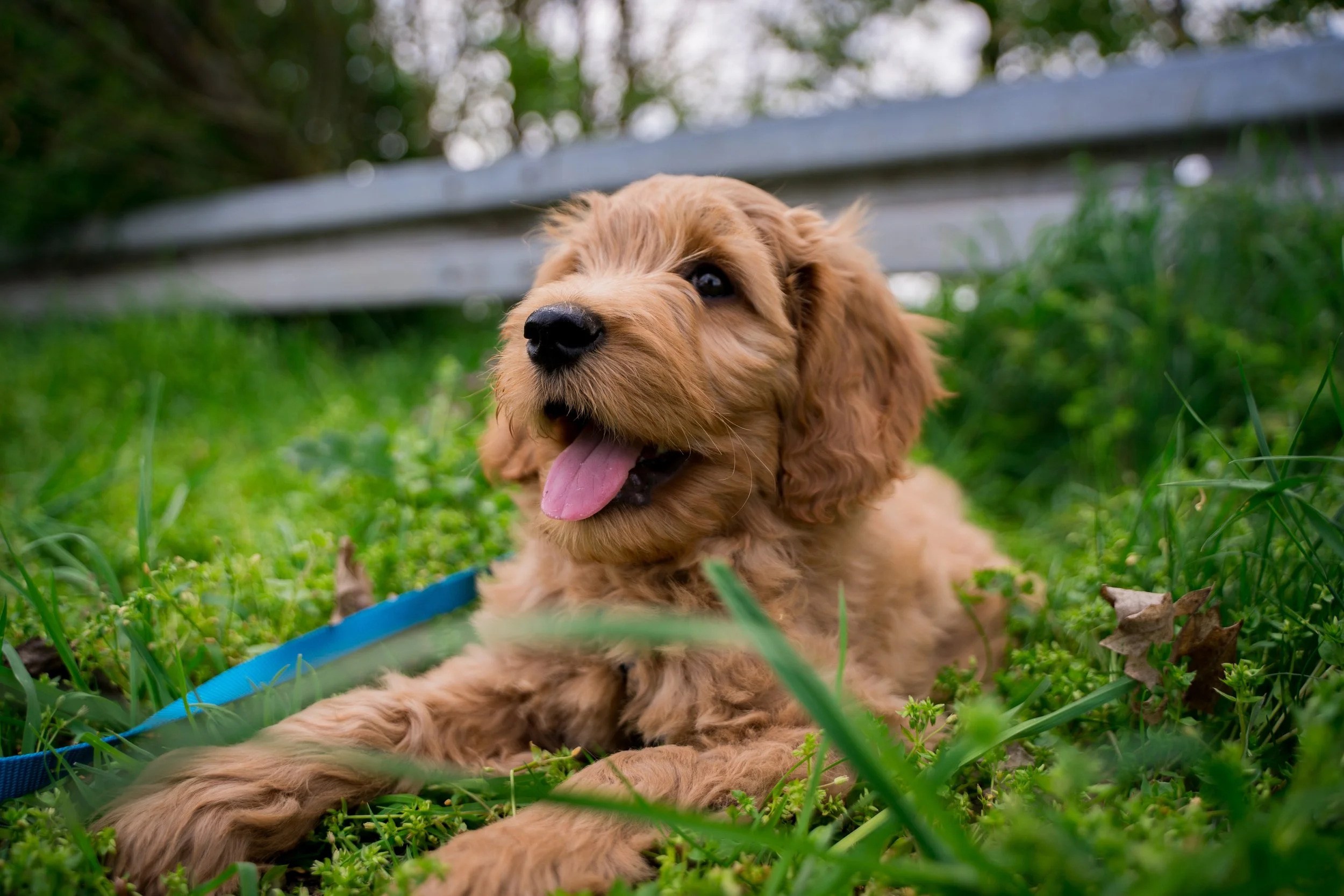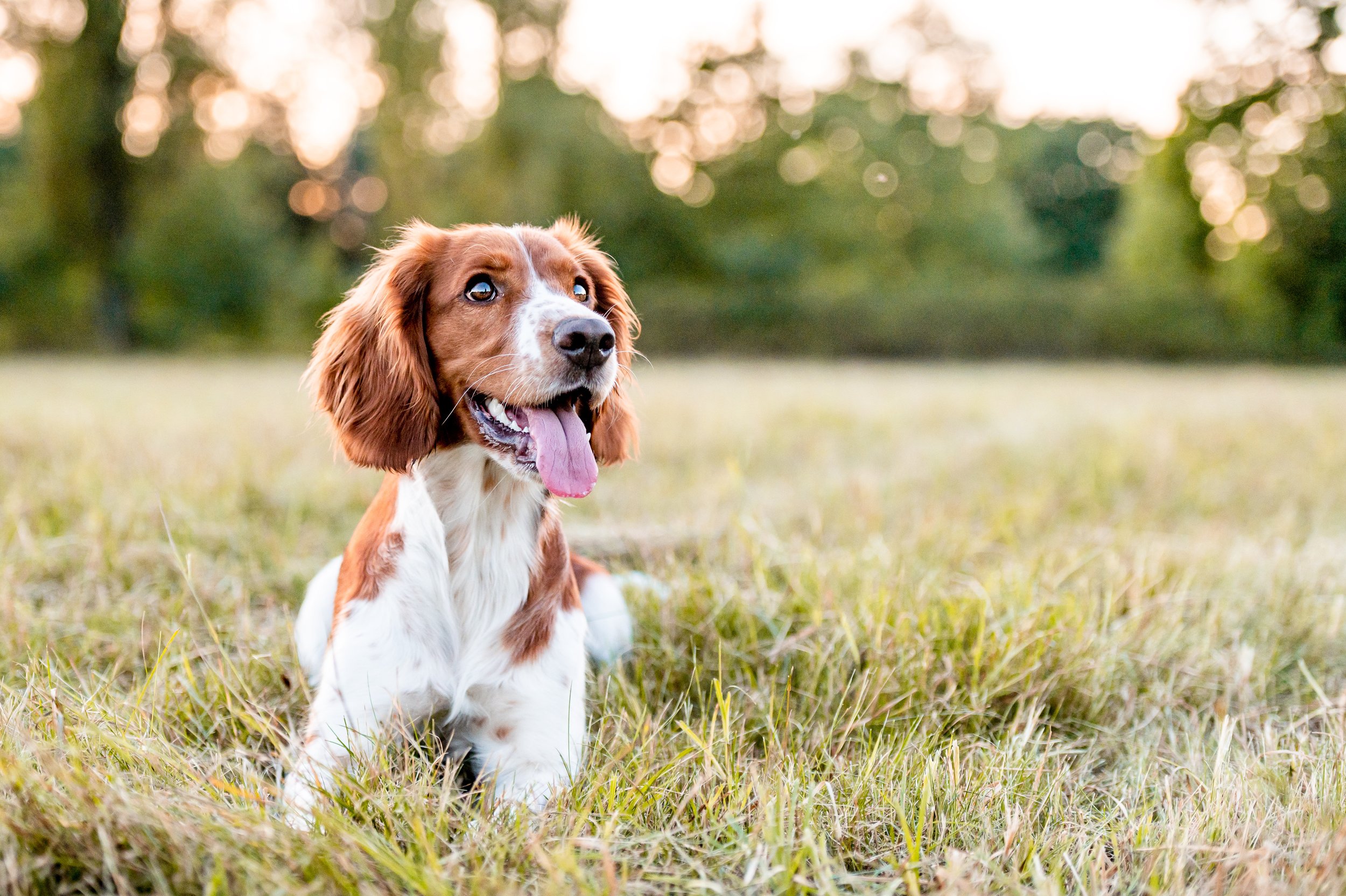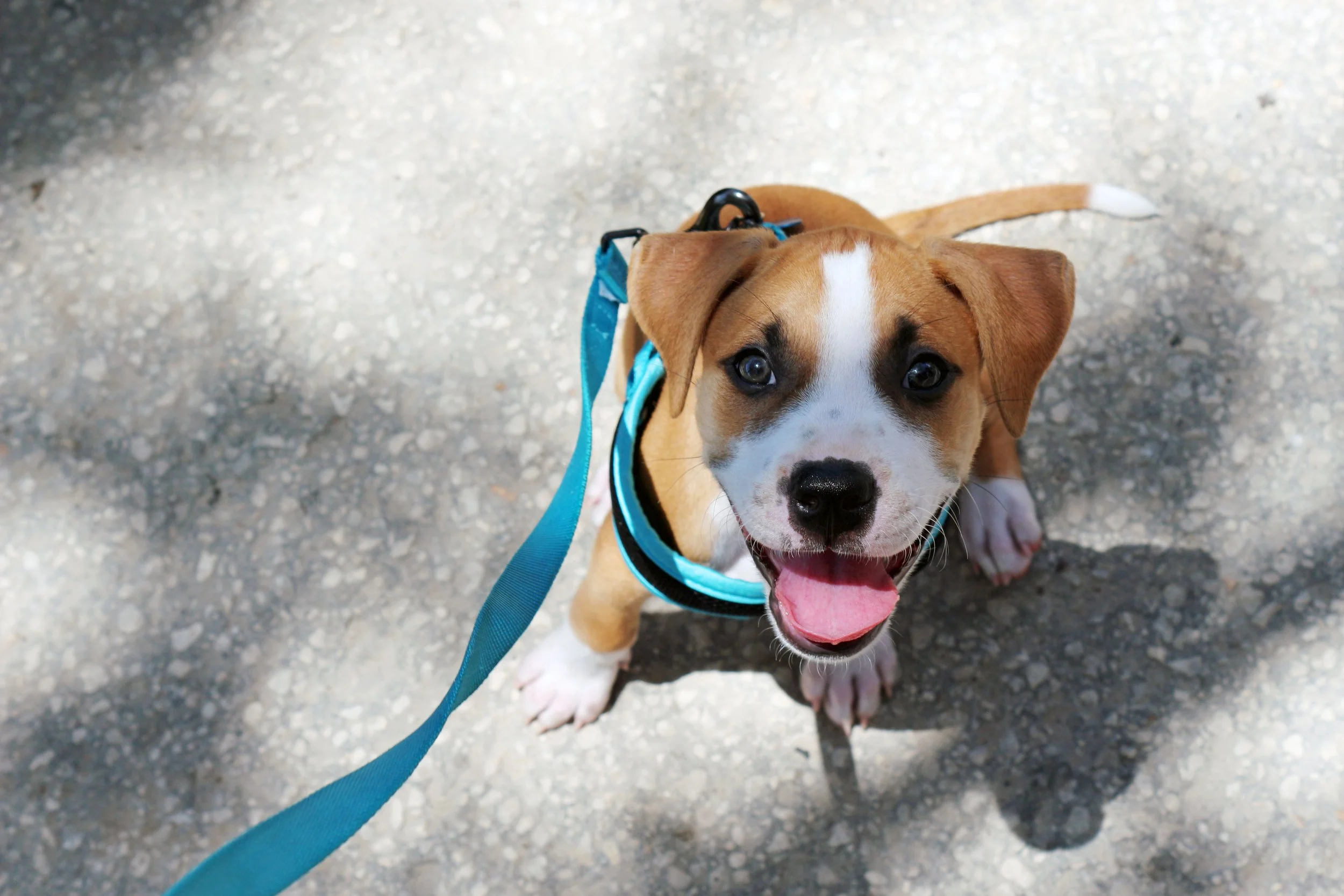In-Home Puppy Training:
Common Considerations from Families
Yes, You Can Train Your Puppy Yourself—But It’s Not One-Size-Fits-All
You're absolutely right that many people train their own puppies, often using YouTube videos or social media content. While there’s a lot of information out there, it can be difficult to tell the good from the bad.
The challenge isn’t just learning a skill—it’s:
Knowing how to apply it in real-life situations
Recognizing and preventing unwanted behaviors
Adjusting methods when something isn’t working
Staying consistent across environments and family members
In-home sessions are tailored to your dog, your home, and your goals. They also offer immediate feedback and real-world practice that can’t be replicated with a video.
Consistency = Success (No Matter What Program You Choose)
Whether you choose in-person coaching or go it alone, your consistency and follow-through will determine the outcome. Everyone in the home should be on the same page using the same cues (“Sit” vs. “Jack, Sit Please” vs. “Can you sit?”)—even small changes affect how your puppy learns.
Because so much depends on the owner’s involvement, no ethical trainer offers guarantees—but we do guarantee:
A deep commitment to your dog’s wellbeing
Proven, science-backed methods
Ongoing support to help you reach your goals
Here’s more on that from our FAQ page:
Puppy Training Isn’t “One and Done”—It’s Like Fitness
Think of training like going to the gym: one workout doesn’t get you fit. Just like physical fitness, dog training is lifelong. Behaviors, manners, and focus need regular rehearsal to stay strong.
Puppyhood is the most crucial window for shaping your dog’s confidence, resilience, and behavior. Investing early saves time, energy, and stress later on—and sets your dog up for lifelong success.
Why Early Training Matters
While any dog can learn basic cues like "sit" or "stay" at any age, puppy training offers far more than obedience:
Safe and effective socialization coaching (more than just exposure!)
Real-life practice in your home and daily routine
Prevention of common behavior issues before they start (i.e. teaching calm behaviors when you eat dinner, avoid counter surfing behaviors, and more)
Teaching your puppy how to feel comfortable at home, in the car, on walks, around people and other animals
In-home sessions (ideally a combination of small group class and in-home) allow us to support your whole family, create structure, and address real-time challenges in the environment your puppy actually lives in.
Dog Training Is an Unregulated Industry
Unlike other professions (such as teaching or cosmetology), dog training is entirely unregulated, meaning anyone can call themselves a trainer—regardless of whether they have education, credentials, or follow best practices.
This lack of oversight means you may see a wide variety of training approaches—some informed by science and ethics, others rooted in outdated or even harmful methods.
For example, advice like rubbing a dog’s nose in a mess or using physical corrections like "alpha rolling" can cause emotional and behavioral fallout that affects your dog long-term.
Trainers generally fall into three categories:
Old-School: Punishment-based (using force or fear to gain compliance)
Balanced: A mix of positive and aversive methods (trainer’s discretion)
Modern & Humane: Using only reward-based methods (play, food, praise) and focused on preventing fear and pain for compliance
At Brilliant Dog, we are committed to modern, humane, and fear-free methods and have pursued voluntary education and certification to ensure we’re using the most effective and ethical approaches.
Here’s a helpful guide on choosing a trainer: How to Choose a Dog Trainer
Ask us a question:













